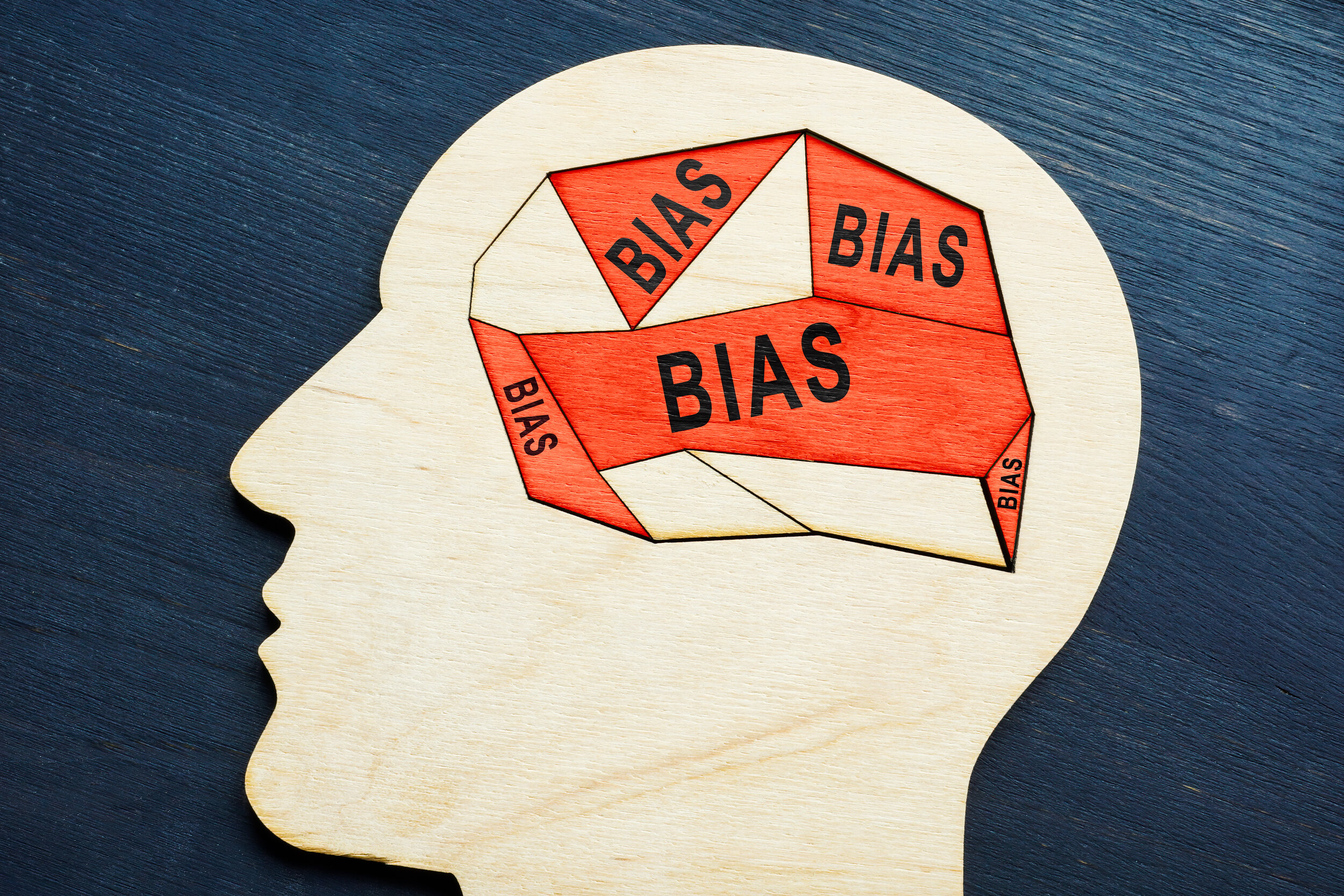Today we begin the launch sequence for the upcoming cohort of Be Your Own Best Coach.
Over the next few weeks, we’ll send you a series of lessons about how to get started building powerful self-leadership skills.
Those are the skills you must have if you want to accelerate your career . . . and boost your wellbeing.
A lot of people, especially early in their careers, think that getting ahead professionally is only about knowledge and skills. Those sure count.
But there’s no question: The best leaders, entrepreneurs and most valued professionals are people who have learned how to:
Manage the environment around them
Obtain the tools and gear they need to do the job
Choose processes and systems that work for them
Regulate their feelings and emotional reactions in difficult situations
Handle conflicts with coworkers, clients, and supervisors
If you want to dream big and turn aspirations into reality, there is no substitute for the super-power of strong self-leadership skills.
That’s what this email series is about.
Our goal is to open the door of possibilities for you, whether you end up joining us or not for Be Your Own Best Coach.
Opening the door of possibilities and unleashing the super-power of strong self-leadership skills is why we created our Y-PET framework for change.
Y-PET stands for -PET stands for You, People, Environment, and Things. It’s a framework for change that gives you a systematic and deliberate way to manage the many factors that can either put you into the winner’s circle of self-leadership or leave you at the back of the pack.
In this series of emails, we will show you how Y-PET applies to the world of work and how it can help you take your career to the next level. Click here to opt-in to the email series.
In a recent blog we posted, we introduced you to Problem Paul and Solution Sally. Paul and Sally are transitioning -- moving up in their careers -- and have just joined the same company as new hires.
Each has been assigned the task of creating a pitch designed to bring on an important new client. Because Paul and Sally are new hires, this is their first opportunity to demonstrate their skills and prove their value to the company.
Upon getting this assignment, Paul was immediately beset with worry. Remembering the stumbles he had had earlier in his career, he felt his anxiety growing.
Would he be able to do what it would take to land the new client? Could he meet the high standard he had set for himself? What if he didn’t do as well as he had hoped? What if his boss didn’t like his approach? What if the client wasn’t impressed?
The list of concerns, worry, and doubt escalated.
Paradoxically, the pressure to produce didn’t catapult Paul into immediate action. Consumed with running thoughts about failure, Paul became paralyzed with fear. And that led to serious procrastination.
Procrastination only put more pressure on Paul because time was running short. So between the time flying by and him beating himself up for not getting started right away, Paul was a mess.
In the end, Paul managed to come through with something for the pitch. But the process cost him dearly: headaches, sleepless nights, digestive problems due to too much junk food, aching shoulders and back, mental anguish, conflicts in his relationships, and overall decline in wellbeing.
Paul is not unusual. In fact, his experience is the norm for a lot of people, maybe even you.
What about Sally? How did she handle this new assignment?
In short, she managed the challenge a lot differently, had a lot easier time launching herself into the work, and enjoyed different outcomes, too.
We’ll come back to Sally in the next email, but for now, let’s continue with Paul.
As we said, Paul’s story is not unusual, and Paul is not some freak.
Instead, he is the victim of a kind of thinking called a cognitive bias. Cognitive biases are the brain’s attempt to simplify how it processes information. Biases work as rules of thumb to help people make sense of the world and come to reasonable, workable decisions quickly.
Without these biases, our brains would be stuck processing the information needed for every tiny decision we make during the day because we would lack the mental short cuts we now take to get through our normal routines.
Imagine having to put a lot of thought into routine things you do automatically right now. Things like how much toothpaste to squeeze on the toothbrush, what you should wear when you look outside in February and see that it’s very gray and frost covers the ground, or how to find your way to work in the morning.
Cognitive biases serve a great purpose. The problem is that they also distort our perceptions, lead us to make illogical interpretations of the people and things around us, which then leads to inaccurate judgement, and bad decisions.
But cognitive biases are normal and everyone has them.
In fact, Daniel Kahneman—who won the Nobel Prize in 2002--along with Amos Tversky were the first researchers almost 50 years ago to describe how certain universal thinking patterns were the cause of many common human errors.
The specific cognitive bias Paul fell victim to is called the negativity bias.
The negative bias compels us to pay more attention to negative than positive stuff. Plus, negative events and experiences imprint more quickly in our memories and stick around a lot longer than positive memories.
Why do our brains work that way? Why is the brain, as psychologist Rick Hanson says, “like Velcro for negative experiences, but Teflon for positive ones?”
Why do negative experiences have such a strong grip on our minds whereas positive seem to slip away without a trace?
There’s one simple answer: evolution! We humans evolved to both seek pleasure and joy and avoid danger and pain.
But our ancient ancestors could not afford to ignore or overlook threats of danger, like the tiger behind the bush waiting to pounce on them and make a good meal out of them. If they failed to recognize even the slightest threat, that could have been the end of them, and we wouldn’t be here today.
As for positive experiences, it may have been great to celebrate a successful harvest of wild berries and acorns, but if any ancestor had slept through the celebration, there was always the chance for another. But not so if they became the main course for a tiger banquet.
So, hanging on to negative memories and worrying about a lot of “what if’s” and potential disasters helped our ancestors survive and thrive.
When we go back to think about Problem Paul, you can see how his earlier experiences set him up for the doom-and-gloom thinking and procrastination he got himself into.
Negativity bias wasn’t his fault. We’re all hard-wired that way.
But tigers and lions don’t threaten our survival anymore. So, just because we evolved to notice and hang onto the negative more than positive, doesn’t mean that negativity is inevitable.
It’s not.
It’s part of what you might say is our “family history.” But it is not our destiny.
And that’s where self-leadership skills come into play. Remember that one area of focus in self-leadership is on the self: self-awareness and self-management.
In our Y-PET framework for change, self-awareness and self-management are part of YOU, represented by the center circle, the core, where all good self-leadership starts.
So, becoming aware of your inborn negativity bias and taking effective action to combat it is where self-leadership can help you avoid some of the challenges Paul saw himself confronting.
Your ability to overcome your natural negativity bias (as well as other kinds of thinking errors) is a key point of leverage in your career success.
We’ll pick this thread back up in our next post when we turn our attention to Sally. and explore how self-leadership can help combat the negativity bias in our lives.
P.S. If you're just joining or want to catch up, we'll include links to all the previous posts on the upcoming fall cohort of Be Your Own Best Coach:


